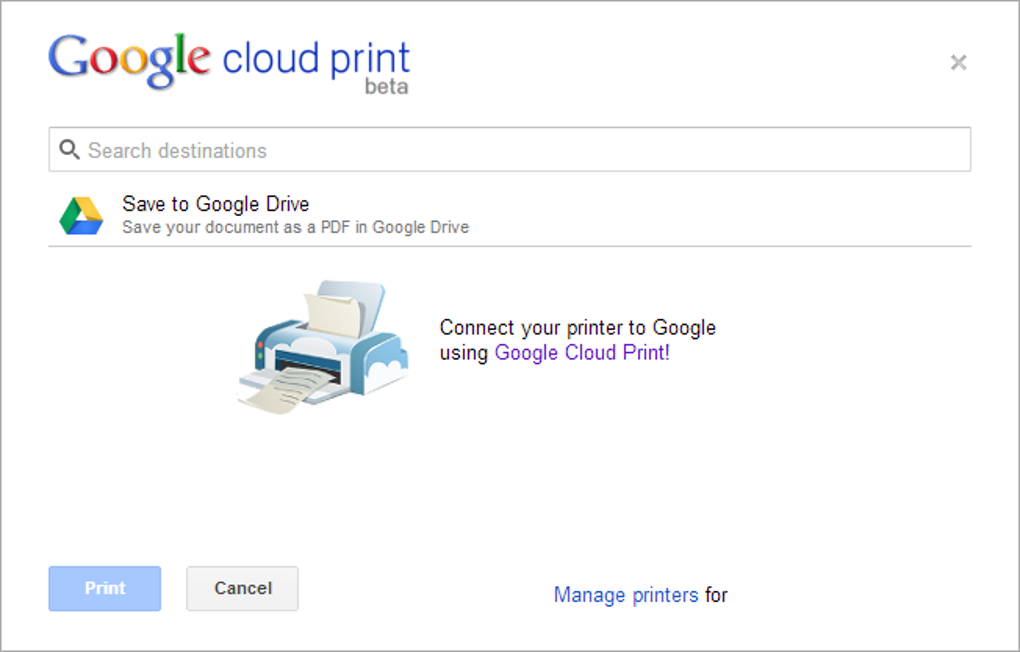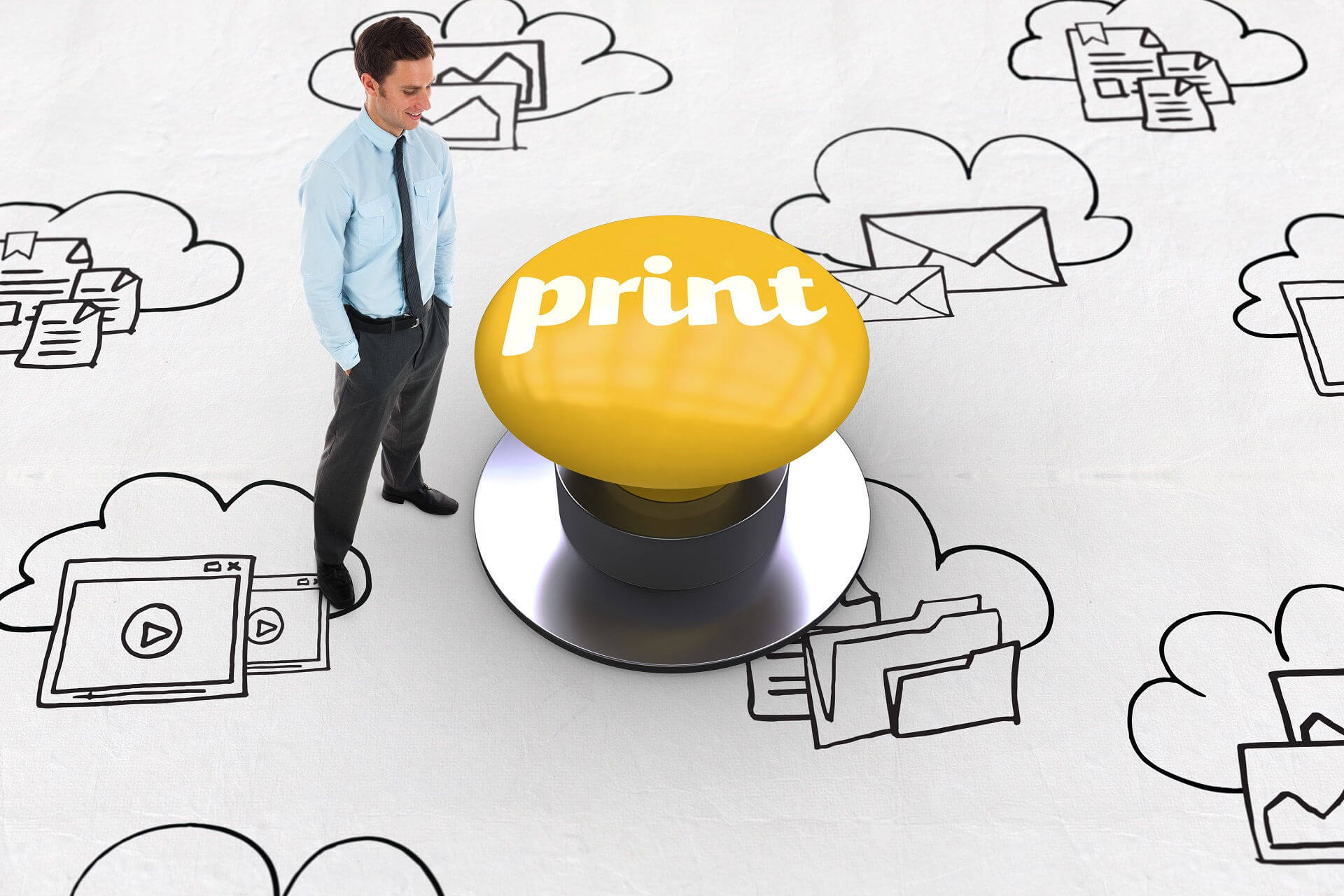
But as soon as we get the green light, we’ll be helping our customers to make the most of it. Microsoft hasn’t formally announced when Universal Print will be made available for everyone else. It’s still in testing while Microsoft irons out any remaining issues and ensures Universal Print is ready to be unleashed upon the world. Universal Print is still in private preview, so only a select few currently have access to the new cloud print solution. You might have to wait a little longer before you can roll out Universal Print and try it for yourself. Printer swapping functionality, allowing admins to seamlessly swap out a broken printer with another nearby, transferring its name and permissions so that nothing changes for users except where they collect their printouts.Security groups for printer access, so admins can easily assign permissions and manage the users and user groups who can access each printer, in line with each department’s specific needs.Location-based printer discovery, which allows users to effortlessly print to whichever is their nearest printer – great for hotdesking or times when people need to work across multiple departments or offices.And Universal Print also includes features such as: Print management is streamlined and centralized, so administrators can do their jobs more easily and effectivelyĪll of the above could significantly reduce workloads for IT personnel.
CLOUD PRINT WINDOWS INSTALL
CLOUD PRINT WINDOWS WINDOWS
With Universal Print, the core Windows Server print functionality has been moved to the Microsoft 365 cloud. Our partner Printix have provided their own cloud print solution for many years now, but this is the first time Microsoft themselves have taken the bull by the horns and developed their own solution. Unveiled to the world in February 2020, Microsoft Universal Print is an Azure-based print service developed to make printing quick and easy for end users and reduce the amount of time and effort IT staff need to invest in setting users up and ensuring they can print. And that’s why Microsoft created Universal Print. With many organisations trying hard to reduce and simplify infrastructure, Hybrid Cloud Print is not the ideal cloud print solution. A Windows Server is required, as well as on-prem active directory, and you’ll need Azure AD Proxy and some time to perform the configuration and ensure the many components remain functional. Hybrid Cloud Print is, as the name suggests, a hybrid cloud solution for Windows Server 2016 and not a native cloud solution. “But what about Microsoft Hybrid Cloud Print”, you may ask? Okay, so let’s look at that. Microsoft Hybrid Cloud Print doesn’t cut it Hardly the smooth, hassle-free experience that customers are always asking for when they come to us. And when working remotely, you will need a VPN to connect to your corporate network before being able to print. That may be okay for corporate/managed devices, but not great for guest or third-party devices. One of these is to allow access to your print servers from your client device network. There are options (or workarounds) for printing today. When client devices are inherently untrusted and do not have direct access to servers, how do you provide print services? We have cloud solutions for file access (SharePoint or OneDrive), collaboration (Teams or Exchange Online), device management (Intune), even Windows device provisioning (Autopilot), but printing still needs a good old-fashioned print server and a direct connection from the client to that print server. So, what’s the problem?Īs we help transition customers to a modern desktop and adoption of a zero-trust architecture, printing becomes a challenge. In this article, we’ll take a closer look at why printing is still a problem in the first place and then see how Microsoft Universal Print stacks up when it comes to solving these issues. Even wireless, so-called “mobile-friendly” printing has still been dragged down by irritating, time-wasting setup hassles. But printing hasn’t kept up with the anywhere, anytime paradigm.

Other aspects of working have evolved to be more flexible, allowing people to be more mobile, and work wherever they need to, with any device they want. But in 2020 we’re still waiting and still printing.

True, mankind’s longest-standing medium for recording information was never going to be phased out overnight. The paperless office has been promised for decades but still hasn’t arrived.


 0 kommentar(er)
0 kommentar(er)
